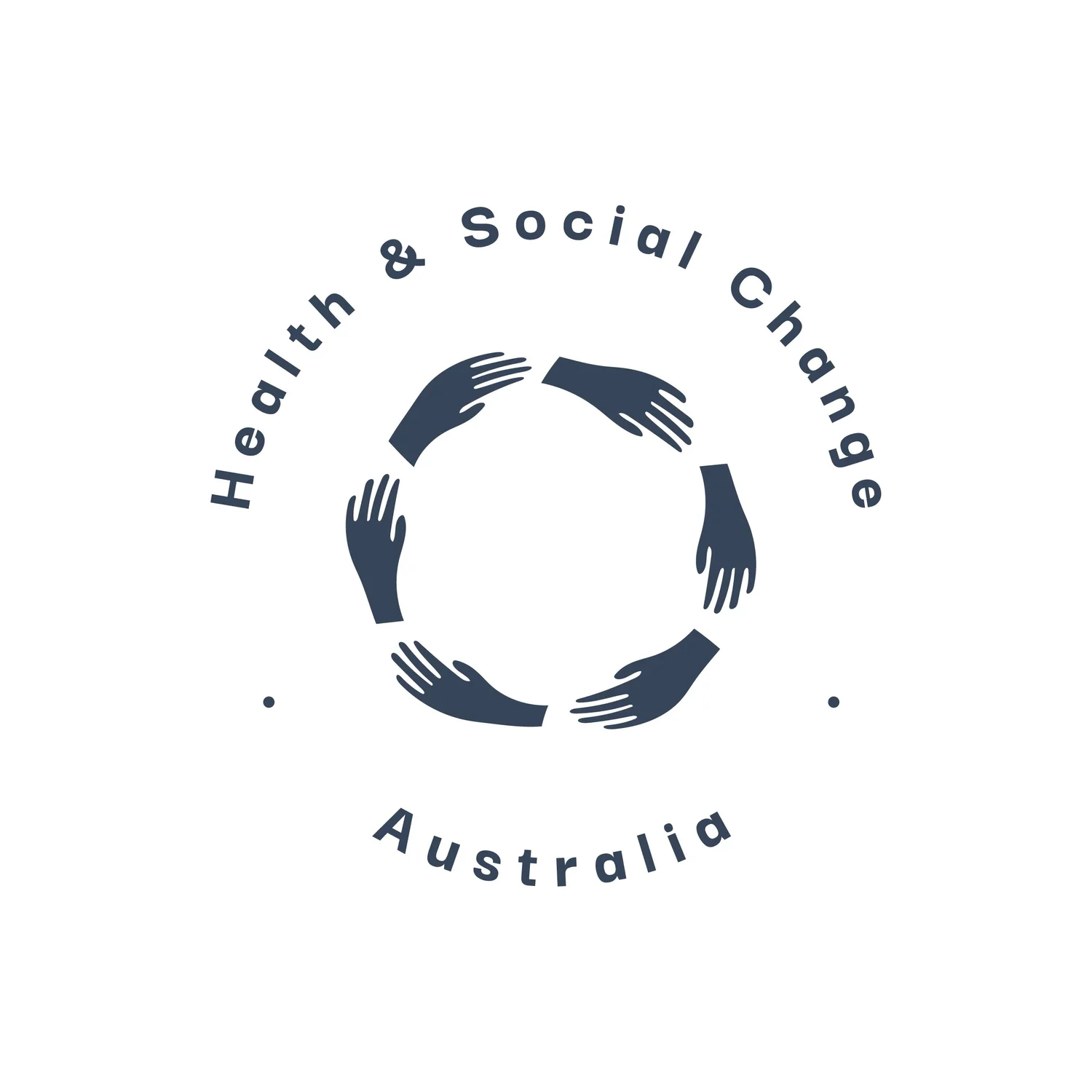Codesigning not consulting in health
Co-Design in Health and Prevention: Listening First, Acting Together
Too often in health and prevention work, programs are designed for communities, not with them. The intention may be good, the evidence may be strong—but when we take a top-down approach, we risk missing the heart of the matter: the lived experiences, knowledge and priorities of the people we aim to support.
That’s why codesign is more than a buzzword. It’s a fundamental shift in how we think about creating healthier futures.
Why Community Voices Matter
When we involve communities from the start, we tap into rich, local insight that no data set or academic paper can fully capture. Community members know what works—and what doesn’t—in the context of their own lives. They understand the barriers, the histories and strengths that shape health and wellbeing in their neighbourhoods, cultures and networks.
A one-size-fits-all solution designed in a meeting room rarely addresses the complexity of real-world issues like housing insecurity, mental health or chronic disease. But when communities are part of shaping the response, the solutions become more relevant, sustainable and grounded in trust.
Moving Beyond Consultation
There’s a big difference between consulting a community and codesigning with them. Consultation often happens too late—after the decisions have already been made, when it’s more about feedback than influence.
Co-design, on the other hand, invites people in at the very beginning. It’s about shared power, mutual respect and recognising that expertise doesn’t just live in systems and institutions—it lives in community leaders, carers, young people, Elders and everyday experience.
It also means being willing to slow down, sit in discomfort and embrace complexity. Co-design isn’t always neat or linear—but it’s deeply human. But for sure - it can be tricky to do well.
What This Looks Like in Practice
In prevention and health promotion, co-design might look like:
Working alongside local organisations to understand cultural, geographic, or structural barriers
Creating space for lived experience—and compensating people fairly for their time and knowledge
Designing programs that are adaptable, not fixed, so they can grow with community needs
Building governance structures that include community members in leadership and decision-making
It also means committing to genuine relationships—not just during a funding cycle, but over time.
A More Honest Kind of Change
If we’re serious about improving health outcomes and reducing inequity, we have to stop asking “How can we get the community on board?” and start asking “How can we walk alongside community and support the work they’re already doing?”
Codesign isn’t a silver bullet—but it is a powerful way to ensure that prevention efforts don’t just land in communities, but grow from within them.
